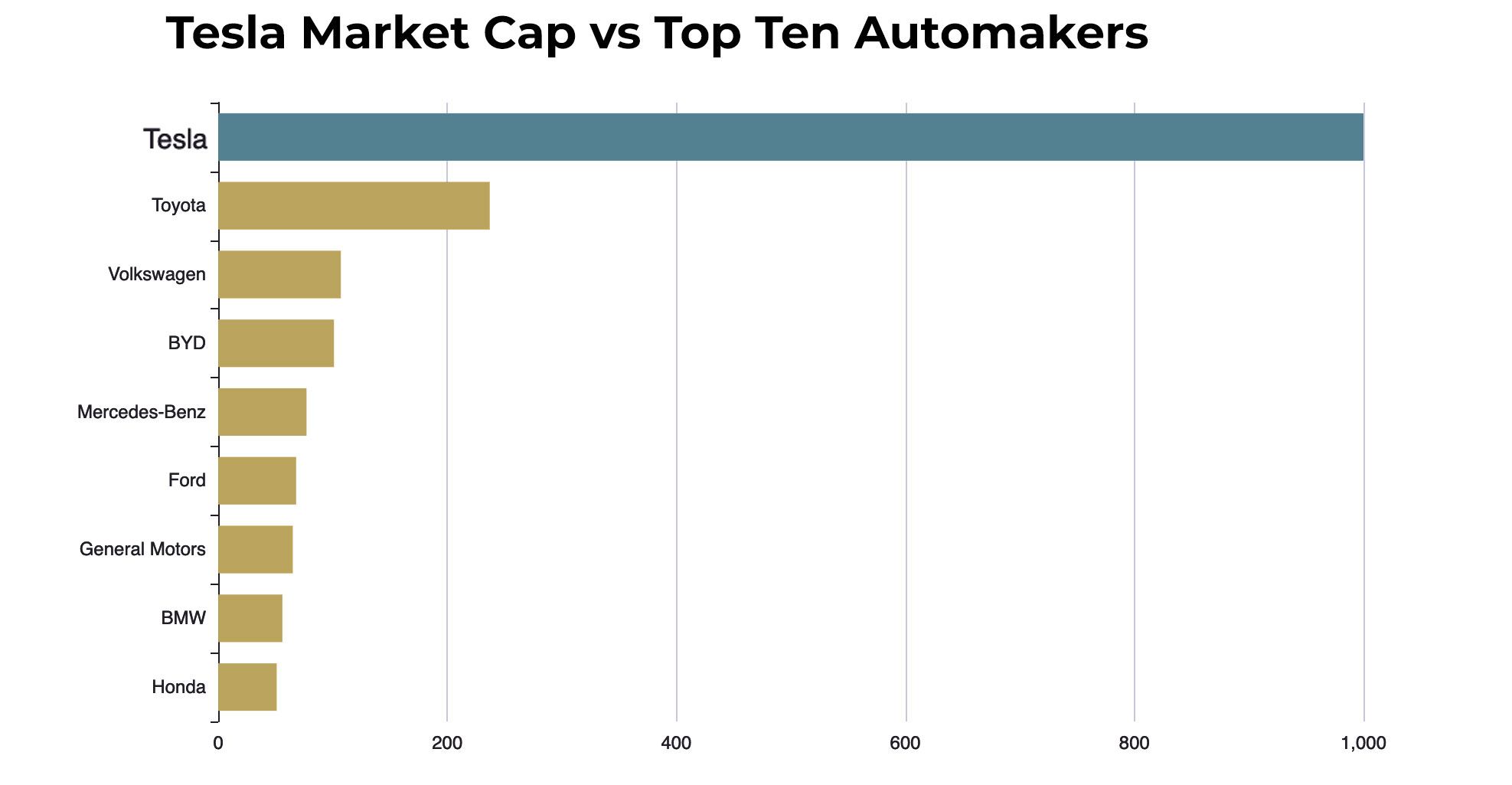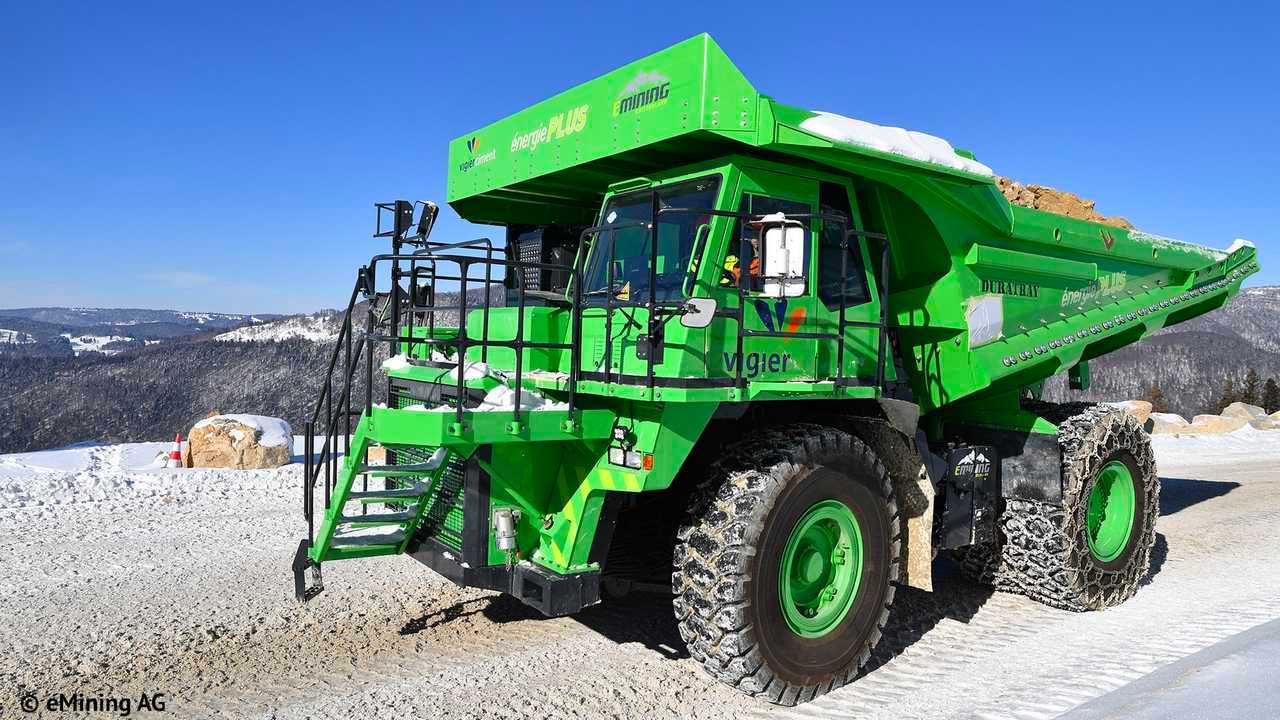Saving the Planet One Entrepreneur at a Time

Since the first industrial revolution at the end of the 18th century, technological change has been accelerating at a rapid pace. The changes technology has enabled have improved life and economic security for millions and made it possible for the planet to support a vastly larger human population. It has also strained our environment to a point that can threaten not just the gains we have enjoyed but if trends continue it could threaten our survival as a species.
Fortunately, the capitalist system that made all this change possible and created the climate crisis is perfectly adapted to providing the solution. Fundamental to curing the threat to our environment is decarbonizing the energy sources that power our civilization. That is a mammoth transition. Is such a radical change that affects every aspect of business and society possible in a short period of time? Will it destroy our economy? The answer to that question is yes we can make the transition and rather than destroy the economy, it will create an economic boom. How can I say that? Because we have done it many times before in the last 270 years. It’s is a fundamental part of the cycle of technology-driven transformational change and the process of creative destruction of modern capitalism.
50-year Waves of Technological Transformation
The First Industrial Revolution, 1750 to 1800. After decades of almost zero growth, the population of Britain doubled during the First Industrial Revolution. Masses of people moved from the country to rapidly growing cities to work in the new factories. Urbanization continued to accelerate along with industrial production into the next century. The British economy, living standards, and social structure were completely transformed in the span of 50 years.
The next 50-year wave of transformational change, the Second Industrial Revolution, began in the last quarter of the 19th century and ended with the first world war. It started with the rapid spread of railroad and telegraph lines and culminated with the electrification of industrial production which made possible the modern assembly line and the birth of telecommunications with the invention of the telephone.
From Horse to Combustion Engine
The horse was at the center of urban and rural 19th-century life. The industrial revolution took the horse from the exclusive domain of the wealthy few to the prime mover of people and goods from railroads, factories, and growing cities. To service this growth from 1840 to 1900 the number of horses in the US went from 4 million to 24 million. There were far more horses in cities than in rural cowboy country.

At the end of the 19th century, some 62,000 horses reportedly lived in the five boroughs (of NYC), and some estimate that as many as 200,000 worked in the city — NY Post
In the space of 50 years, this entire world and all the businesses that supported it were completely erased thanks to the technology of gasoline-powered vehicles. In the US, not just industry but society was completely re-engineered to take advantage of the combustion engine. Urban planning was focused on creating not just car-friendly environments but car-dependent environments. Public transportation declined and became the mode of transport of the poor and indigent. Vast suburbs spread out from cities, an interstate highway system was created, all the infrastructure to support gasoline-powered vehicles sprang up in the space of decades. As with every other 50-year cycle of creative destruction and technological transformation, there were winners and losers. But as was the case with previous transformations, the end result was an increase in living standards, economic security, and economic opportunities for an ever-larger percentage of the population.
The piles of stinking, fly-infested horse dung and horse carcasses that plagued cities were replaced with an invisible and not so pungent but eventually even more dangerous pollutant.
Greenhouse gas (GHG) emissions from transportation account for about 29 percent of total U.S. greenhouse gas emissions, making it the largest contributor of U.S. GHG emissions. — EPA
The cumulative effect of the last 270 years of technological and industrial growth has put our environment at grave risk. Many may be despondent that the risk to future generations and the very survival of our species has not served to motivate us into sufficient collective action. Fortunately, all may not yet be lost as there is a well-proven and tested motivator that is capable of moving the ball at transformational speed: Greed. It worked to spark previous successive cycles of radical and rapid societal transformations and it can do so once again.
From Combustion Engines to Electric Vehicles
The decarbonization of transportation is a key component in a greener sustainable future. Elon Musk has made a significant impact in that sector. Musk on why he started Tesla:
The fundamental goodness of Tesla … so like the ‘why’ of Tesla, the relevance, what’s the point of Tesla, comes down to two things: acceleration of sustainable energy and autonomy…
“The acceleration of sustainable energy is absolutely fundamental because this is the next potential risk for humanity,” Musk said. “So obviously, that is, by far and away, the most important thing.” — Elon Musk: This is the ‘why’ of Tesla
Musk has already succeeded at his stated goal of accelerating sustainable energy and he has made his shareholders and himself a boatload of money doing it. He has also created more than 70,000 jobs to date thanks to Tesla. Tesla surpassed a market valuation of $1 trillion last year. Tesla is worth more than three times as much as Toyota, the second most valuable automaker. Is Tesla really worth its inflated market valuation? It doesn’t matter. The success of Tesla has set in motion and greatly accelerated what is now an unstoppable industry trend.

Global automakers are planning to spend more than half a trillion dollars on electric vehicles and batteries through 2030, according to a Reuters analysis, amping up investments aimed at weaning car buyers away from fossil fuels and meeting increasingly tough decarbonization targets. — Reuters
Maybe Musk was motivated by a desire to save the planet but I’d bet the big auto manufacturers are motivated by the need to remain competitive and maximize shareholder value. That is a good thing — because once the principal motivating force behind green energy is greed rather than altruism — that is when we will begin to see positive change on the kind of massive scale we have seen in previous cycles of transformation. Will Tesla maintain its dominant position in EVs? It really doesn’t matter to the success of the transition from fossil fuels to EVs. Musk let the genie out of the bottle and the race is now on. Whoever is left standing in the end, we will all benefit from the process that Musk kickstarted.
Now before you think I have gone all Gordon Gecko and Ayn Rand on you let me say that every previous successful technology transformation has depended on an effective business and government partnership. The combustion engine would not have bested the horse had not taxpayers paid for an interstate highway system. Tesla would probably not be here (along with the other American automotive manufacturers) if not for a government bailout after the 2008 crash. Beyond that, all businesses are dependent on government-provided infrastructure, education systems, security, and the rule of law that enable them to grow and flourish. Entrepreneurs can not operate at this level without the environment that the modern state provides.
So greed is good, but as we relearn with every stock market crash, greed that is completely unrestrained without proper risk management is disastrous. Government regulations on carbon emissions, tax incentives, and policy are playing a critical role in this process. I am not going to opine on what is the ideal balance of regulation, tax incentives, and government investment. That is an ongoing debate outside of the purview of this post.
Innovating the EV Supply Chain
What about the environmental costs of mining the material for, the production of, and the recycling of EV batteries? What is being done about all those hidden emissions in the EV supply chain? Every part of the EV supply chain provides opportunities for innovation and profit and is attracting intense study and investment. Be that as it may, EVs already have a much smaller carbon footprint than fossil fuels when the entire supply chain from raw materials to recycling is accounted for.
...a recent study from the Yale School of the Environment published in Nature Communications found that the total indirect emissions from electric vehicles pale in comparison to the indirect emissions from fossil fuel-powered vehicles.
According to Wolfram, the study shows that "the elephant in the room is the supply chain of fossil fuel-powered vehicles, not that of electric vehicles." He notes that the faster we switch to electric vehicles, the better - at least in countries with a sufficiently decarbonized electricity supply, like the U.S.
YSE Study Finds Electric Vehicles Provide Lower Carbon Emissions Through Additional Channels
The Swedish company, Northvolt is dramatically reducing the carbon footprint of batteries. At the end of a Northvolt's battery life, 95% of the material is recycled into new batteries. Other companies are using old EV batteries for an additional 10 years of useful life in solar energy storage units. On the mining side, there is this amazing monster piece of kit:

The 45-ton battery-powered dump truck from Kuhn Gruppe ascends a 13-percent grade to load up 65 tons of ore. Weighing 110 tons going back down the hill, the regenerative braking system recaptures more than enough energy to refill the charge that was expended going up.
Making that trip around 20 times a day, Kuhn Schweitz says the eDumper produces 200 kwh of surplus energy every day, or 77 megawatt-hours a year. A typical dump truck uses between 11,000 and 22,000 gallons of diesel fuel a year. That saves up to 196 metric tons of global-warming carbon-dioxide gas a year. - World's largest EV never has to be recharged
Imagine the logistics and additional wasted energy of keeping a diesel-powered version of this vehicle running in remote locations. This truck just recharges itself on every trip down the hill. Brilliant.
Transportation is a piece of the climate change puzzle that a lot of people seem to be personally vested in. This is likely due to the central place cars have in modern culture. But like the once indispensable horse before it, nothing is permanent or safe from change. As to the modern-day Luddites, and nay-sayers who try and plant doubt about the future of EVs or other green technologies and the viability of big social and economic disruptions? Does anyone really for one second think that we are less well equipped to deal with transformative change than our forebears in the 18th, 19th, and 20th centuries were?
Modern Capitalism = Cyclical Transformational Change
The 18th and 19th centuries each had one great transformational technological wave. By the 20th century, we were seeing multiple successive waves in one century. The culmination of the 2nd industrial revolution, the transition from horse to combustion engine, and the 3rd industrial revolution powered by new digital and information technology. Each wave completely remade society and the economy. In the 21st century, these transformational waves are coming at an even faster pace, overlapping each other. Does anyone remember life before smartphones, 24/7 connectivity, and social media? It was only about 15 years ago.
I have been blown away by the number of businesses I have encountered that are developing new technologies to deal with clean water, a cleaner, more efficient energy grid, wastewater management, more sustainable agriculture, and a thousand other innovative solutions to the many challenges to creating a sustainable economy. Here at Intelifaz, we have had the good fortune to work with some of them providing software for their innovative technologies.
The rate of change in the 21st century will be exponentially faster than that of the last century. Futurist and Director of Engineering at Google, Ray Kurzweil predicted in 2001:
We won't experience 100 years of progress in the 21st century - it will be more like 20,000 years of progress (at today's rate).
We have AI, edge computing, IoT, massively powerful CPUs, and GPUs, everything connected to the internet, all evolving at an exponential rate and enabling ever faster and better innovations. We have in our hands infinitely more powerful tools than the innovators of the last century had access to. Thanks to the accelerated pace of technological change the next great transformational cycle - the green energy revolution - will be squeezed into a more accelerated timeframe than previous cycles. Considering the deteriorating condition of the environment the speed of change we are now capable of might prove to be our salvation.
In the last 300 years has any business survived being on the wrong side of one of these transformational technology waves? Don't be the guy who went all-in on buggy whips when cars displaced horses. Future profits depend on being on the right side of history. So get out there and save the planet, it's the biggest business opportunity of the 21st century.
